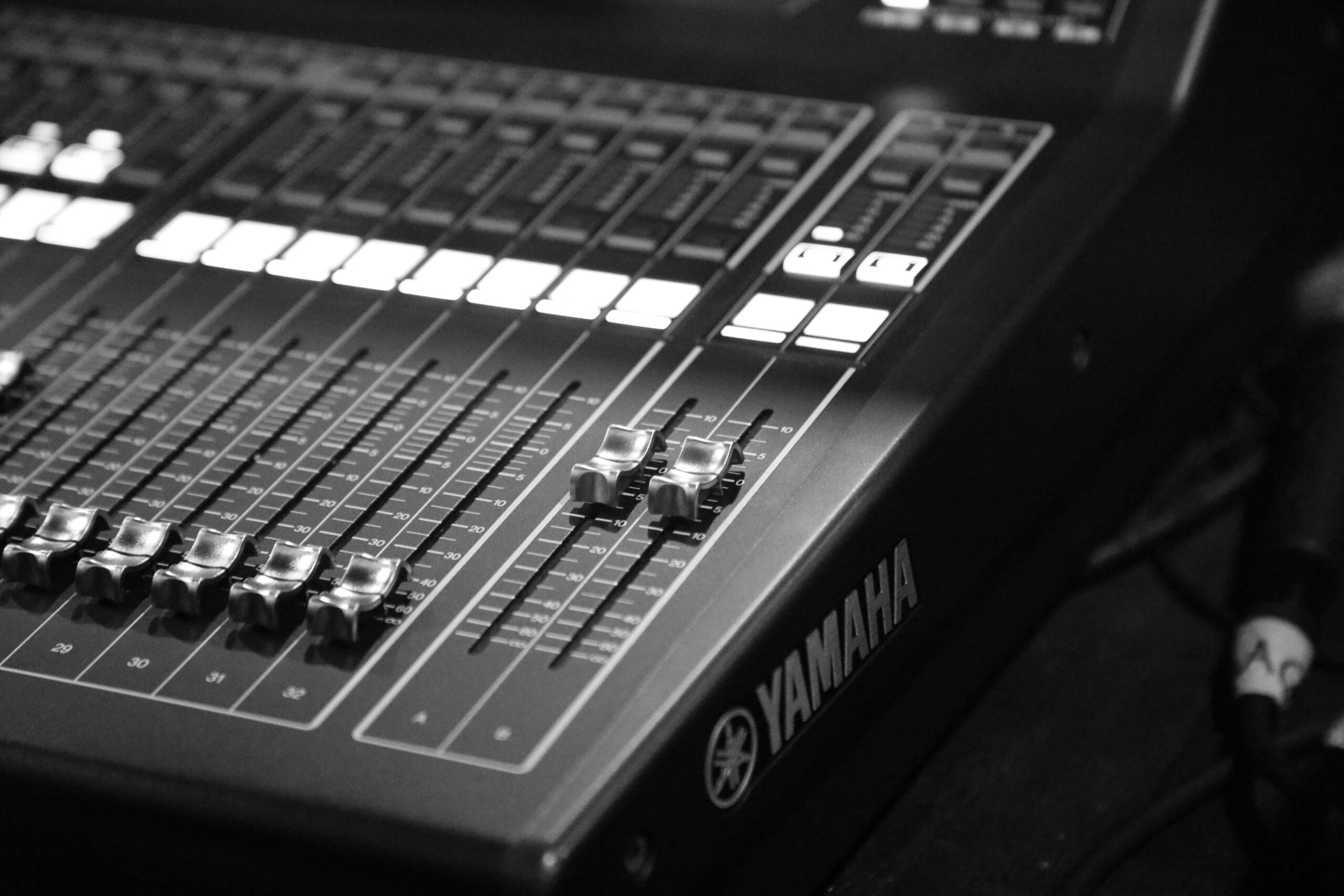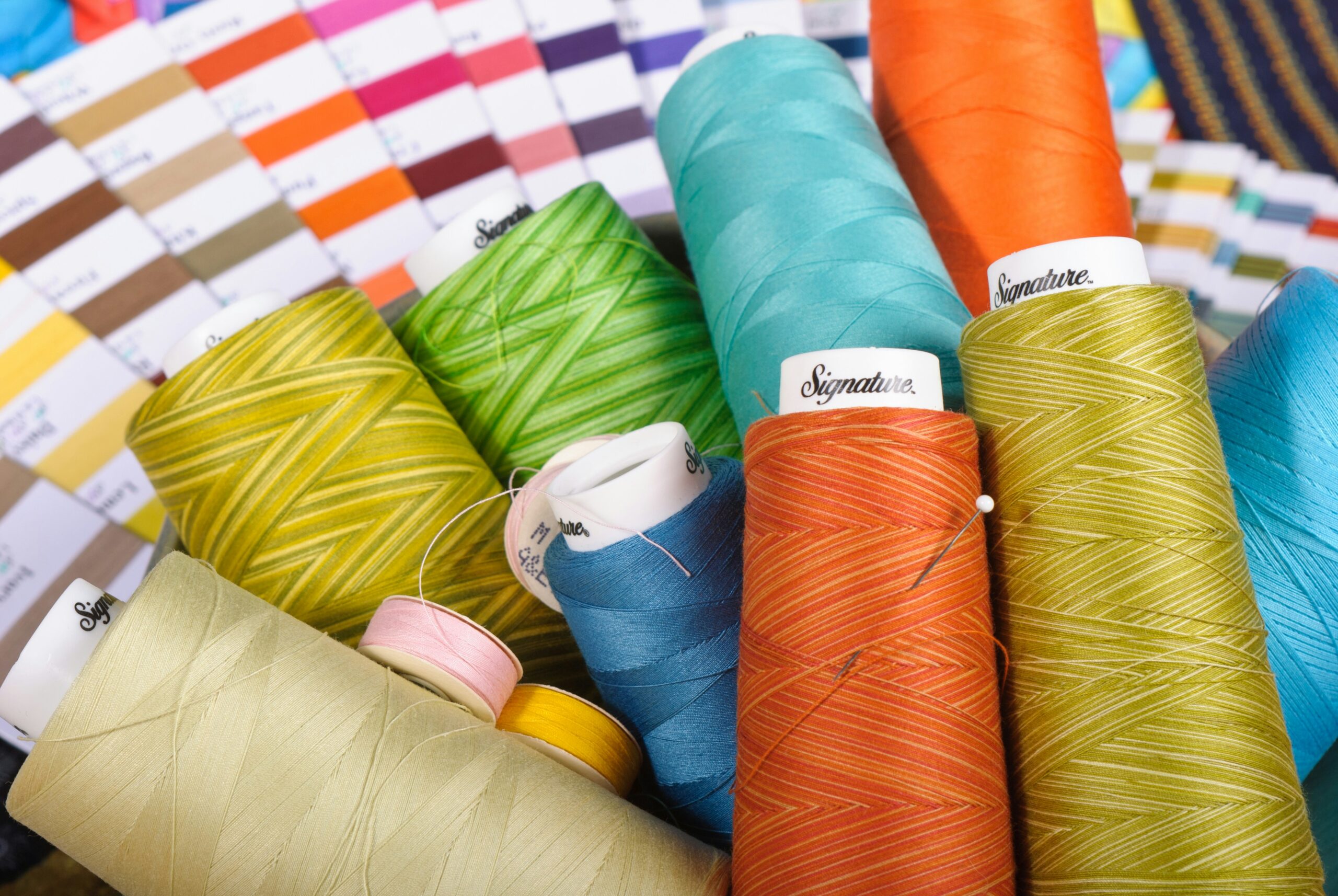No products in the cart.
Eco-Conscious Tech: Sustainable Gadgets for a Greener Future
One of the most exciting eco-conscious tech gadgets on the market is the solar-powered charger. This device harnesses the power of the sun to charge your electronic devices, eliminating the need for traditional electricity sources. The charger is equipped with solar panels that convert sunlight into energy, which can then be used to charge your smartphone, tablet, or other gadgets. Not only does this reduce your carbon footprint, but it also allows you to stay connected even when you’re off the grid.
In addition to solar-powered chargers, there are also a variety of gadgets that are made from recycled materials. These devices are created using materials that have been salvaged from old electronics or other waste products. For example, some smartphones are now being made with casings that are composed of recycled plastics. This not only reduces the demand for new plastic production but also helps to divert waste from landfills.
Energy-efficient appliances are another important aspect of eco-conscious tech. These appliances are designed to use less energy while still providing the same level of functionality. For example, energy-efficient refrigerators are equipped with advanced insulation and temperature control systems, which reduce the amount of energy needed to keep your food cool. Similarly, energy-efficient washing machines use less water and electricity, making them a greener choice for your laundry needs.
Water-saving devices are also gaining popularity in the eco-conscious tech market. These gadgets are designed to reduce water consumption in various areas of your home. For instance, there are now smart showerheads available that monitor and regulate water flow, ensuring that you only use the necessary amount of water during your shower. Additionally, there are smart irrigation systems that can be installed in your garden to optimize water usage based on weather conditions and plant needs.
By investing in these sustainable gadgets, you can make a positive impact on the environment while still enjoying the benefits of modern technology. Whether it’s reducing your carbon footprint with a solar-powered charger or conserving water with a smart showerhead, there are plenty of options available to help you live a greener lifestyle. So why not embrace eco-conscious tech and contribute to a more sustainable future?
SunJuice Solar Charger Anker PowerPort Solar ChargerWhen it comes to wearable devices, the Apple Watch Series 6 stands out for its commitment to sustainability. The watch’s casing is made from 100% recycled aluminum, diverting materials from landfills and reducing the demand for new resources. Additionally, the strap options for the Apple Watch are made from recycled materials such as silicone and nylon, further contributing to the device’s eco-friendly design.
But it’s not just smartphones, laptops, and smartwatches that are incorporating recycled materials into their construction. Even gaming consoles are joining the movement towards sustainability. The Xbox Series X, for example, features a casing that contains a significant amount of post-consumer recycled (PCR) material. This not only reduces the console’s carbon footprint but also encourages the recycling of electronic waste.
Furthermore, the trend of using recycled materials extends beyond the realm of electronics. Companies like Patagonia are known for producing outdoor gear made from recycled materials. Their jackets, backpacks, and even shoes are crafted from materials such as recycled polyester, nylon, and rubber. By choosing these products, outdoor enthusiasts can enjoy their adventures while minimizing their impact on the environment.
In addition to the environmental benefits, devices made from recycled materials often showcase the same level of quality and performance as their counterparts made from new materials. Companies are recognizing the importance of sustainability and are investing in research and development to ensure that their products meet the highest standards while being environmentally responsible.
By choosing devices made from recycled materials, consumers can actively contribute to the circular economy, where materials are reused and repurposed rather than discarded. This not only reduces the strain on our planet’s resources but also helps to create a more sustainable future for generations to come.
Energy-Efficient Appliances
Energy-efficient appliances are designed to consume less energy while still providing the same level of functionality. By choosing energy-efficient gadgets, you can reduce your carbon footprint and save money on your energy bills.
The Nest Learning Thermostat is a prime example of an energy-efficient gadget. This smart thermostat learns your schedule and adjusts the temperature accordingly, helping to optimize energy usage. It can also be controlled remotely via a smartphone app, allowing you to make adjustments even when you are away from home.
Another energy-efficient appliance is the Samsung EcoBubble Washing Machine. This washing machine uses a unique technology that mixes air, water, and detergent to create bubbles that penetrate fabrics faster and more efficiently. This allows for lower washing temperatures, saving energy without compromising on cleaning performance.
In addition to these specific appliances, there are several other energy-efficient options available in the market. For instance, energy-efficient refrigerators are designed with advanced insulation and temperature management systems to reduce energy consumption. These refrigerators also often come with features like adjustable temperature settings and energy-saving modes.
Furthermore, energy-efficient lighting solutions have gained popularity in recent years. LED bulbs, for example, use significantly less energy than traditional incandescent bulbs and have a much longer lifespan. They also produce less heat, making them safer to use and reducing the load on cooling systems in warmer climates.
When it comes to kitchen appliances, energy-efficient options include induction cooktops, which use electromagnetic fields to directly heat the cookware, resulting in faster and more efficient cooking. Additionally, dishwashers with energy-saving modes and low water consumption can help reduce both energy and water usage.
It’s important to note that energy-efficient appliances not only benefit the environment but also provide long-term cost savings for consumers. While these appliances may have a slightly higher upfront cost, the energy savings they offer can quickly offset the initial investment. Furthermore, many countries and regions offer incentives and rebates for purchasing energy-efficient appliances, making them even more affordable.
As technology continues to advance, we can expect to see even more innovative and energy-efficient appliances hitting the market. From smart home systems that optimize energy usage to appliances that utilize renewable energy sources, the future of energy efficiency looks promising. By making informed choices and investing in energy-efficient appliances, we can all contribute to a more sustainable and greener future.
Water-Saving Devices
Water scarcity is a growing concern in many parts of the world. By choosing water-saving devices, you can help conserve this precious resource and reduce your environmental impact.
The EcoVand Shower Head is an example of a water-saving gadget. This shower head is designed to reduce water consumption by up to 50% without compromising on water pressure or shower experience. It achieves this by mixing air with the water, creating a voluminous spray while using less water.
Another water-saving device is the Orbit B-hyve Smart Sprinkler Controller. This smart controller uses weather data and soil moisture sensors to automatically adjust your sprinkler system’s watering schedule. By optimizing watering times and reducing water waste, it helps conserve water and keep your garden healthy.
In addition to these devices, there are several other innovative water-saving solutions available in the market. One such solution is the AquaSaver Faucet Aerator. This device can be easily installed on your existing faucet and helps reduce water usage by up to 30%. It does this by adding air to the water stream, maintaining a strong flow while using less water.
For those who have a swimming pool, the Liquid Pool Cover is a great water-saving option. This unique product forms a thin, invisible layer on the surface of the pool, reducing evaporation and heat loss. It can save up to 85% of water that would otherwise be lost through evaporation, helping you conserve water and reduce the need for frequent refilling.
When it comes to outdoor water usage, the Rainwater Harvesting System is an excellent choice. This system collects rainwater from your roof and stores it for later use in watering your garden or washing your car. By utilizing rainwater, you can significantly reduce your reliance on municipal water supply, conserving water and reducing your water bill.
Furthermore, there are several smart irrigation systems available that can help you optimize your outdoor water usage. These systems use advanced technology to monitor weather conditions, soil moisture levels, and plant water requirements. By adjusting the watering schedule accordingly, they ensure that your plants receive the right amount of water without wastage.
It is important to note that water-saving devices not only benefit the environment but also provide long-term cost savings. By reducing water consumption, you can lower your water bill and contribute to a more sustainable future. So, consider incorporating these innovative water-saving devices into your daily life and make a positive impact on the planet.






















![A Comprehensive Review of [Course/Product/Experience Name] 22 man in gray shirt sitting on black chair](https://theamericansidehustle.net/wp-content/uploads/2025/03/man-in-gray-shirt-sitting-on-black-chair-1-scaled.jpg)













































































